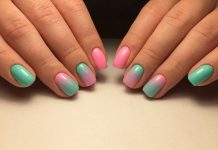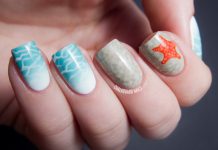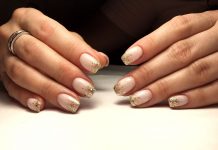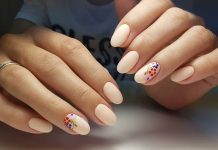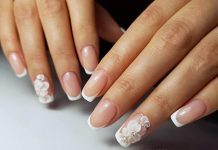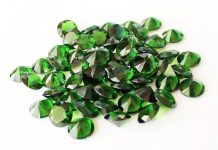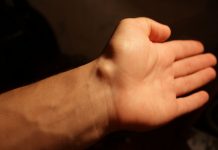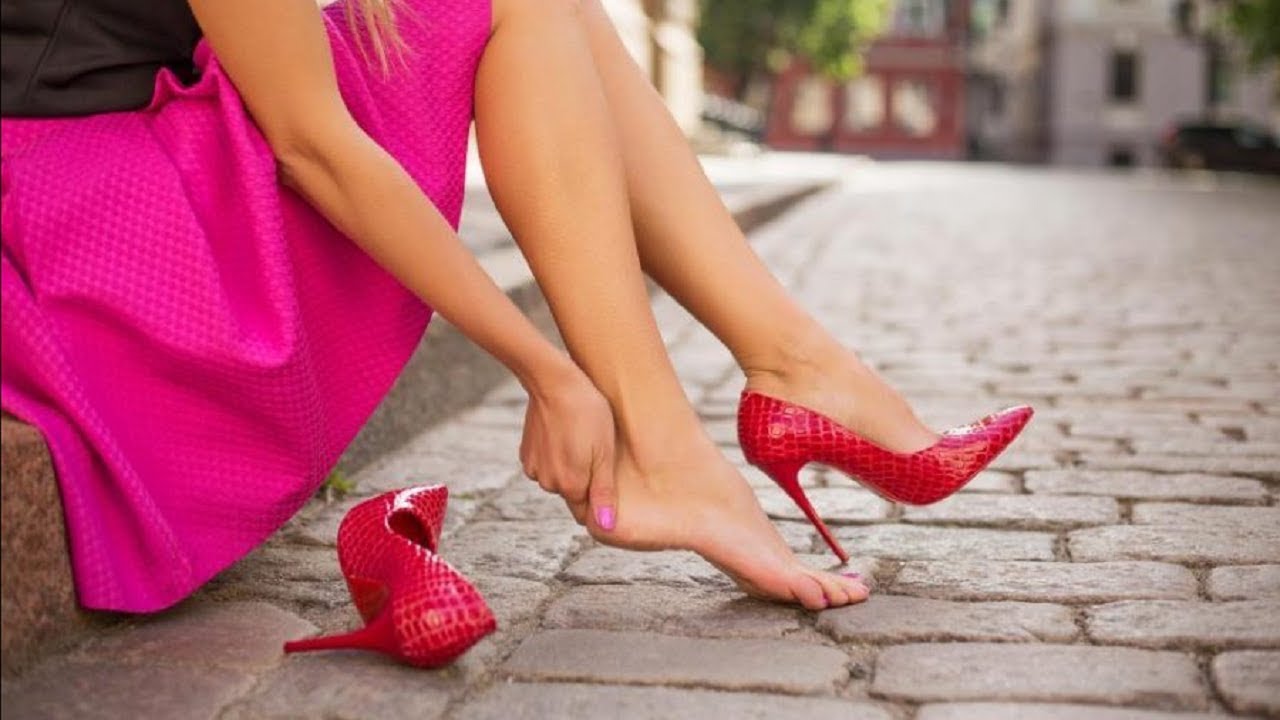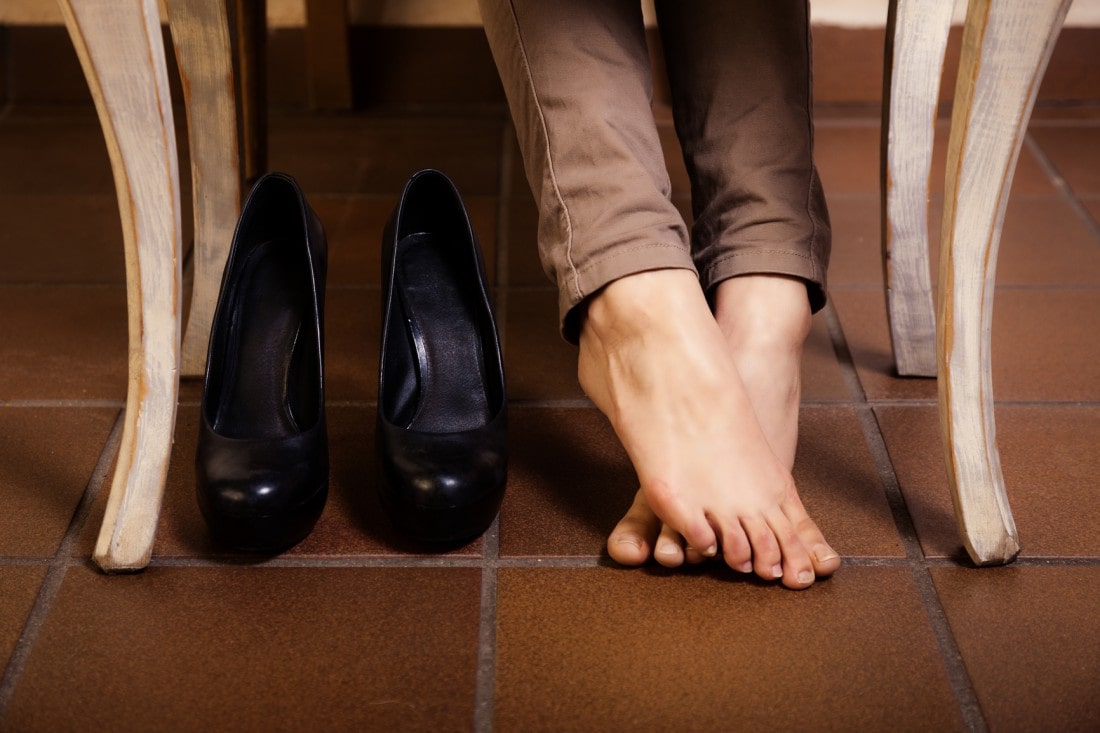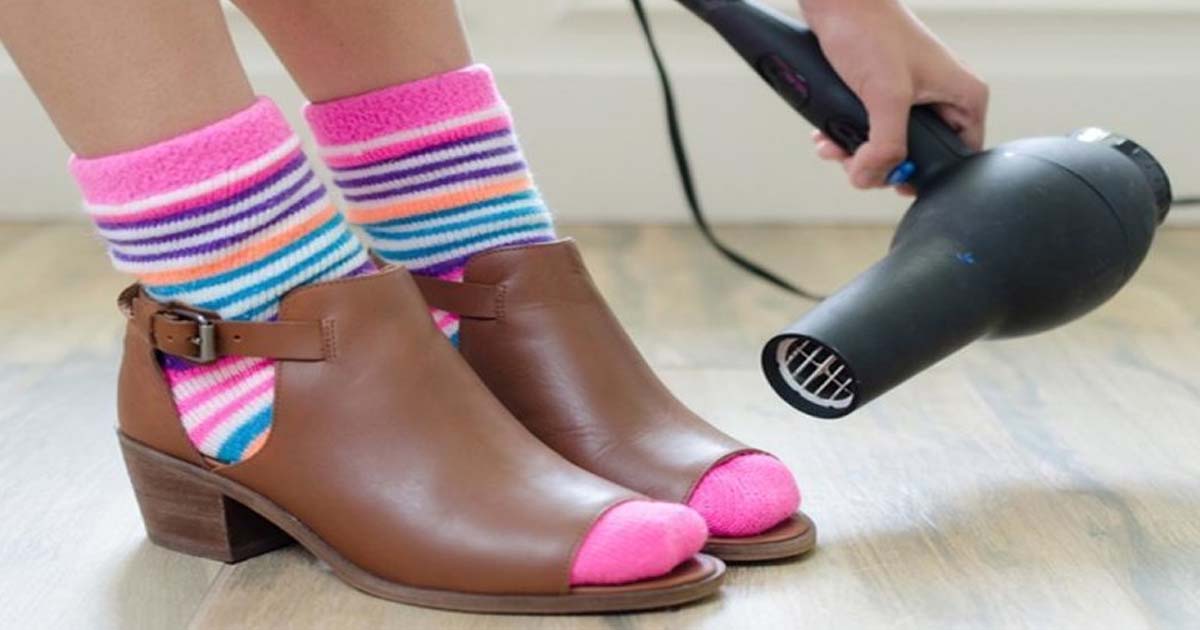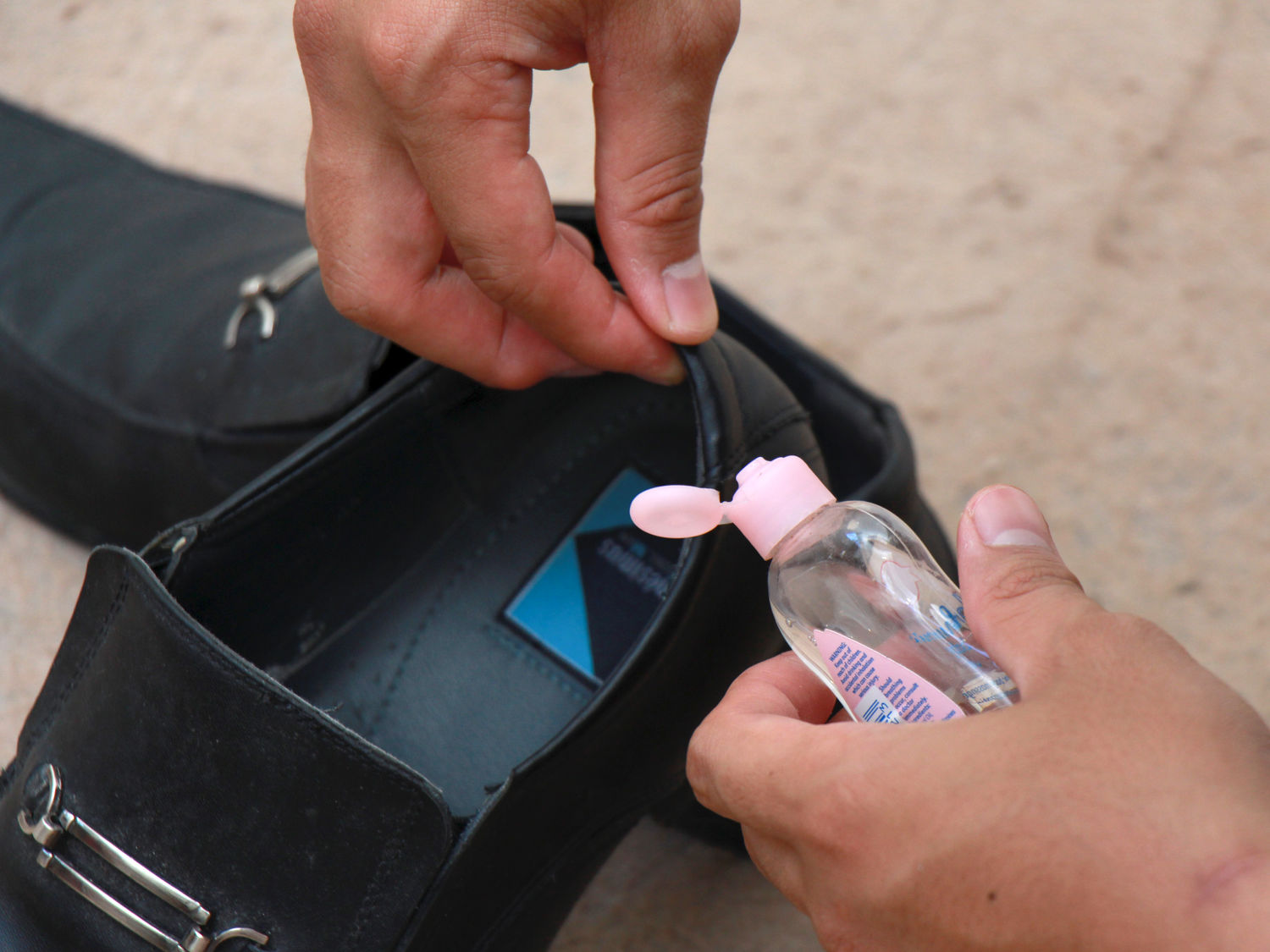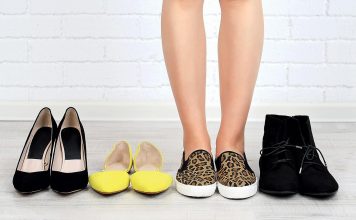Content:
- Why are shoes rubbing their feet?
- How to buy shoes?
- Customize shoes for yourself
- How to protect feet from stiff backs?
- What to do if rubbed sneakers?
- Dry Callus Treatment
When buying a new pair of shoes, every girl is already dreaming about a fashion show on the streets, presenting a picture of what is happening. The acquisition of new things always causes positive emotions, however, this feeling does not always remain for a long time. At the time of purchase, it may seem that shoes fit perfectly on their feet, and there is no discomfort, but over time it may begin to rub. New shoes almost always rubs calluses, no matter what the quality of materials. How to make shoes softer and protect your feet? About this further.
Why are shoes rubbing their feet?
When choosing shoes, many girls are guided not by their sense of comfort, but by the appearance and accuracy of their shoes. That is why they often buy shoes that are smaller in size so that their legs look more neat.Having made such a mistake, after 5 minutes of walking, the girls realize their mistake and suffer from corns.
Causes of rubbing feet:
- New shoes. New material may at first cause discomfort and rub feet, but this may be only a temporary phenomenon, as shoes need to be “brought”.
- Unsuitable size. All shoes are manufactured according to certain standards, but legs are the individual quality of each. If the shoes are not perfect in size, they can cause painful corns.
- Rough seam. In fact, an inconvenient seam is the biggest and most serious problem, because such a shoe can deform the heel, as a result of which it will become even harder to choose shoes.
Important! If the problem of shoes is a rough seam, then there are only two solutions - contact a repairman who can put a patch or put the shoes back.
How to buy shoes?
You can protect yourself from improper and uncomfortable shoes by choosing them correctly during fitting in the store. Rules to consider when buying shoes:
- It is better to buy shoes in the evening, as the leg increases slightly. If during the evening fitting the shoes fit perfectly in size, then in the morning and during later wear it will not rub.
- New shoes need to be spread, having previously processed all possible places of rubbing corns on shoes with a cotton swab dipped in alcohol.
- Try on shoes you need not only sitting, but also standing. Also in it you can walk a bit to feel how it sits on the leg.
- The more expensive and quality shoes, the less likely it is that it will create some problems to its owner.
Customize shoes for yourself
Folk methods
The problem with rubbing corns on the legs is known to all and quite a long time ago, so people have found ways to deal with it. Among the proposed tips, it is enough to choose one and use it, protecting your feet:
- If the heel of the shoe is too hard or rubs, then you can use a hammer, carefully putting the heel on it from all sides. A soft cloth should be placed between the shoes and the cloth so that the tool does not damage or deform the shoes.
- You can also soften shoes with a candle or soap. To do this, apply the tool on the problem area, so that the shoes will become softer. The procedure should be repeated 2-3 times a day to obtain the desired result.
- Vinegar will help protect your feet from calluses, which need to soak a towel. The fabric is enough to put in shoes and leave there for the night.
- If the problem is in the size of the shoe, then you can increase it by sticking a rag into the shoes soaked in boiling water. Pre-fabric must be wrung out, and after 15 minutes it can be removed by putting shoes on your feet with a warm toe. After walking a couple of hours in the shoes, you can increase it to the floor size, making the problem disappear.
- Also in the shoes you can shove a shredded newspaper dipped in water. After one day, the shoes will be more comfortable, but it is worth remembering that it is forbidden to speed up the drying process using heating devices.
- It is possible to expand shoes from natural materials, having placed in them 2 strong packages filled with water. After that, the shoes are placed in the freezer for 12 hours.
Important! This method cannot be used for lacquered shoes.
- Winter boots can be made soft again by applying a thick layer of baby cream on them, which can be removed after 4 hours.
- You can protect yourself from blisters from new shoes by applying baby cream on your heels before leaving the house.
- Glycerin is another tool used to soften backs. To do this, you need to put a hot, wet towel in your shoes, and after 15 minutes, remove it and lubricate the backs with glycerin, leaving them for 12 hours (you need to apply the product from the inside).
- Also, a box with new shoes can be wrapped in a wet towel and left overnight.
Special equipment
If popular methods do not inspire confidence or for some reason did not give the desired result, then you can use special tools that are sold in shoe stores.In this case, you need to take into account a couple of useful tips:
- Having bought foam or spray stretching you need to apply the substance to the inside of the shoe and walk around in it. The procedure is repeated 2-3 times a day.
- You can also heat up your shoes with a hair dryer, quickly spray them and put them on your toes with a winter sock.
- Soft strips of rubbing shoes should be pasted on areas where corns usually appear. Silicone pads can also be used for the same purpose.
- In the shoe store you can find special pads that can give the shoe the desired shape and size, slightly expanding it.
How to protect feet from stiff backs?
Hard shoe backs - a serious problem, which is not always possible to solve. If you need to fix it in shoes, you can use a variety of mechanical tools, but if the trouble with winter boots, then all efforts will be in vain. In this case, you can protect yourself from hard backs with the help of such means:
- Corns from corns - a special tool that softens the back and creates the effect of lubrication, making the inside of the shoe slip.
- Adhesive plaster - it needs to be glued in two layers, one of which will be on the leg, and the second on the inner surface of the shoe.
- Silicone pads.
- Patch - reduces free space, so it is only suitable for shoes that are suitable in size or slightly free.
What to do if rubbed sneakers?
As for inexpensive shoes made of synthetic materials (textiles, synthetics or leatherette), it can not only be made softer, but also increased in size. To do this, you can use:
- Glycerol. The procedure is described earlier.
- Alcohol diluted with water. It is enough to process the backdrop from the inside and mash it with your hands.
Important! Cannot be used if there is an insert made of cardboard in the backdrop. It can be deformed, as a result of which the shoes lose their attractive appearance.
- Vegetable oil. To do this, moisten a cotton pad with a substance (linseed oil) and process the backs of the shoe, leaving them for several hours or all night.
Dry Callus Treatment
Corn on the leg is an unpleasant problem that causes inconvenience. Corn is formed gradually and manifests itself not immediately. With regular wear of the wrong shoes, dead skin can form on the skin - a dry corn that starts to ache and cause constant inconvenience.
Popular methods of struggle:
- Soap-soda bath with the addition of chamomile infusion. To do this, the legs should be kept in solution for 10-15 minutes a day. After the procedure, the problem areas should be rubbed with a pumice stone, rinse off the remains with water and apply a nourishing cream on dry skin.
- Compress tincture of garlic on wine vinegar (1 clove per tablespoon of vinegar). Compress need to insist for 2-3 weeks, after which it can be applied to the feet before going to bed.
- Onion Husk and Vinegar. To do this, the husks need to be folded into a glass jar, pour with vinegar and hide in a dark dry place for 2 weeks. At the expiration of the vinegar is poured, and the husk is applied to the corn before bedtime. Dry corn must be pre-greased with a thick cream.


